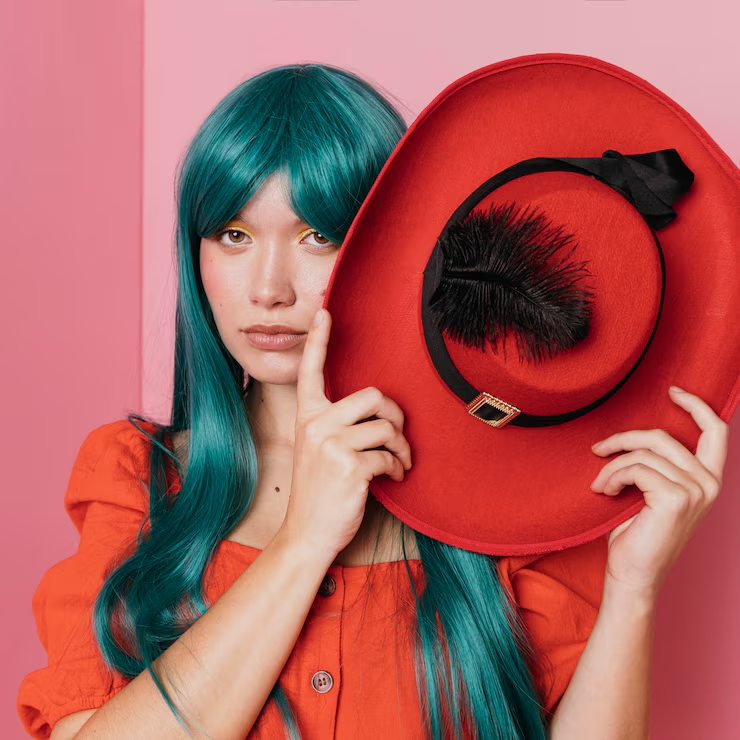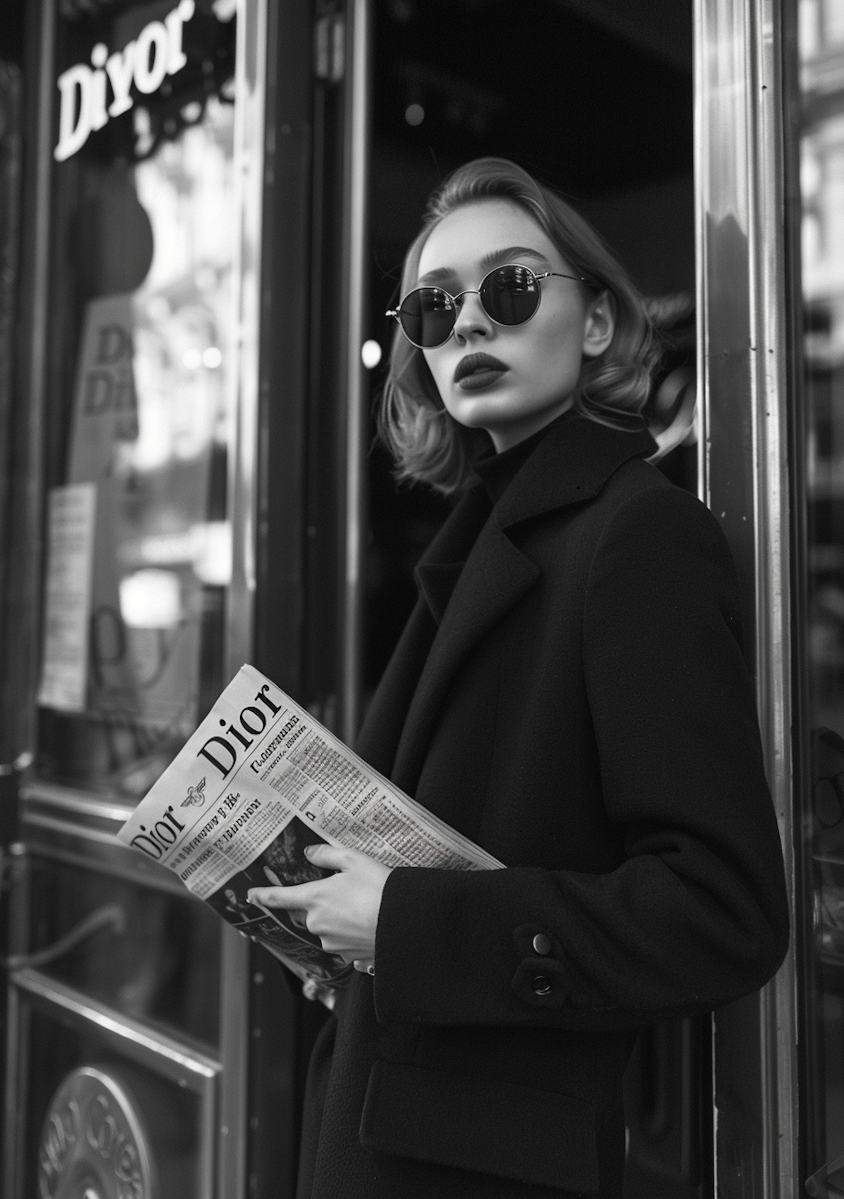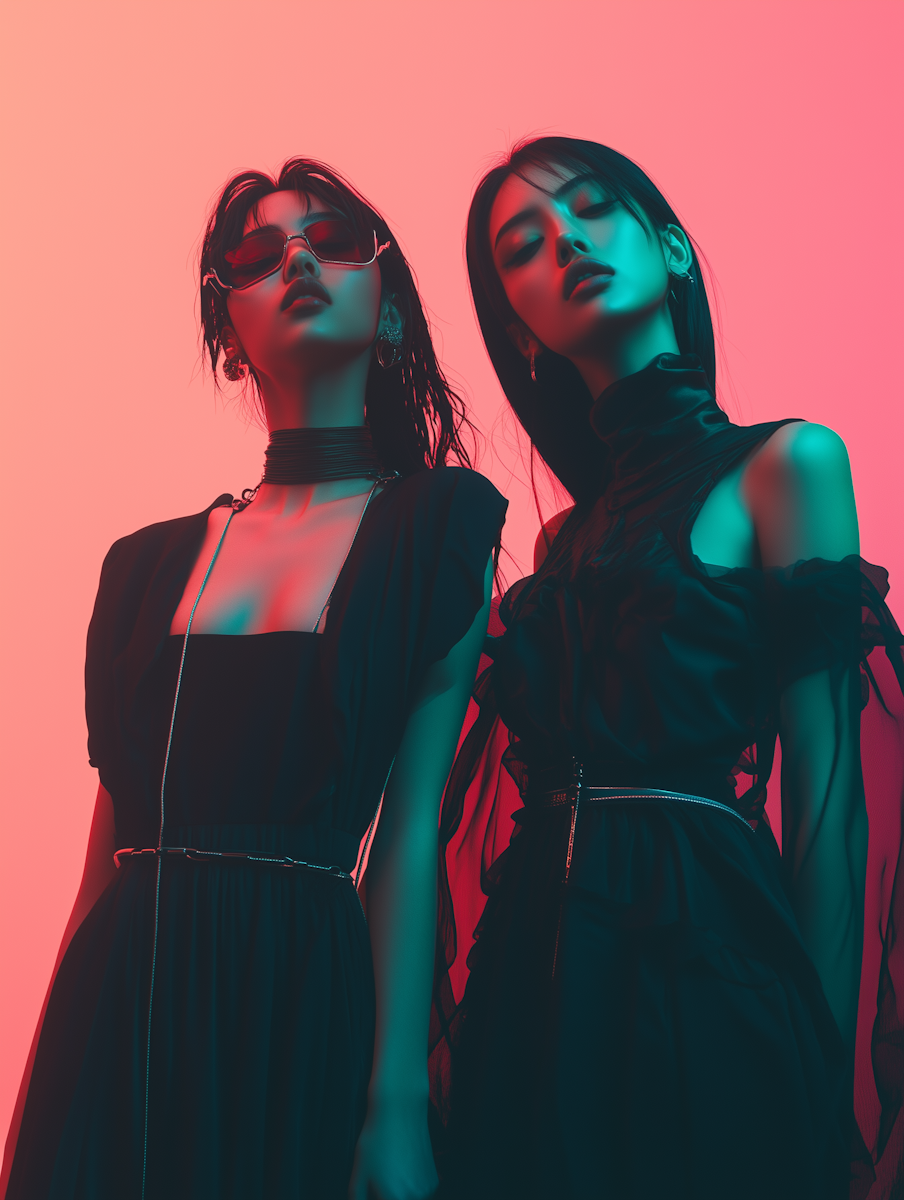Table of contents
Pattern mixing can seem intimidating, but when done right, it results in eye-catching, fashion-forward outfits that express creativity and confidence. Mastering the art of how to Mix and Match Patterns is a powerful way to refresh your wardrobe without buying new clothes. Whether you’re working with florals, stripes, checks, or animal prints, understanding how patterns work together is key.
This guide will walk you through practical tips, styling examples, and rules (with room to break them!) to help you Mix and Match Patterns like a true fashion pro.
Why Pattern Mixing Works
Pattern mixing isn’t just about clashing prints—it’s about creating harmony through contrast. When done right, it adds dimension, personality, and a touch of daring to your outfit. From street style stars to runway icons, mixing patterns is a staple styling tool used to create memorable and editorial-worthy looks.
Essential Rules to Mix and Match Patterns Like a Pro
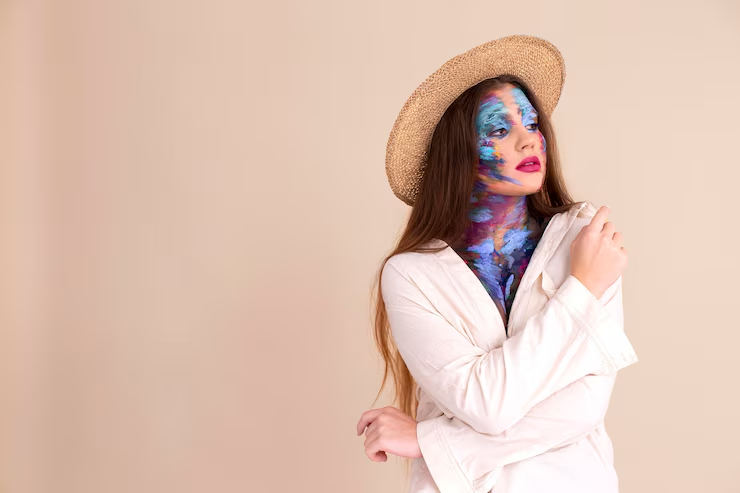
1. Start with Neutral Patterns
If you’re a beginner, stick with classic patterns like stripes, polka dots, or plaids in neutral tones. These prints act as the foundation for more playful pattern mixing. Think of black and white stripes paired with floral skirts—timeless yet bold.
2. Balance Busy with Basic
Pair a bold, busy print with a simpler, less intense pattern to avoid visual overload. For instance, match a colorful paisley shirt with a subtle pinstripe pant for contrast that complements, not clashes.
3. Stick to a Color Palette
One of the easiest ways to ensure your patterns don’t clash is to choose prints that share a similar color scheme. This keeps the overall look cohesive, even when the patterns are wildly different.
4. Play with Scale and Size
A key styling rule when you Mix and Match Patterns is to vary the scale. Pair large florals with thin stripes or oversized checks with tiny polka dots. This adds dimension and makes each pattern stand out without overwhelming the outfit.
5. Use Accessories Strategically
If you’re not ready to wear two patterned pieces, start by introducing prints through accessories. A striped scarf, floral bag, or plaid shoes can complement a printed top or bottom and ease you into full-on pattern mixing.
Examples of Stylish Pattern Pairings
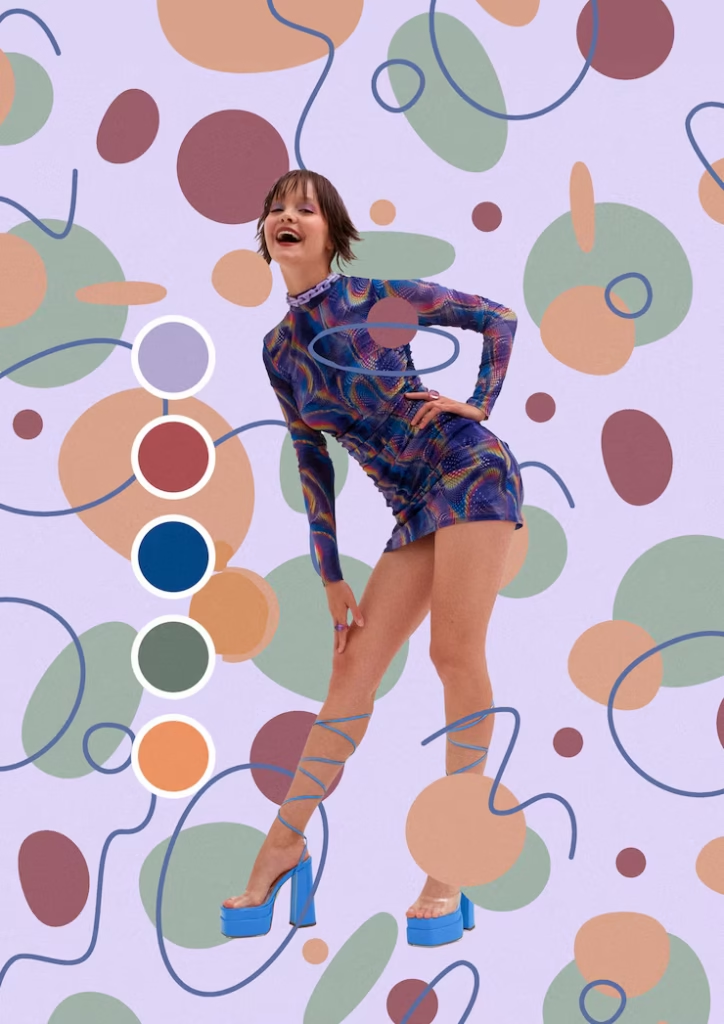
- Stripes + Florals: The most classic combo. A striped tee with a floral skirt creates a fun, casual look.
- Polka Dots + Animal Print: Unexpected but striking. A dotted blouse with leopard pants is bold but works when tied together with neutral tones.
- Plaid + Graphic Print: Street-style chic. A graphic tee with plaid trousers adds edge.
- Checks + Gingham: Preppy perfection. Different check patterns in complementary shades give a coordinated vibe.
- Camouflage + Abstract Print: Fashion-forward pairing that’s modern and sleek when done in muted colors.
Mistakes to Avoid
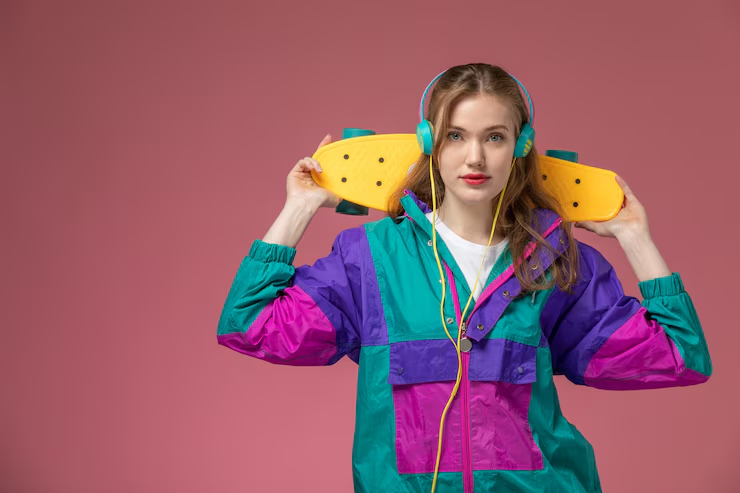
- Don’t overdo it with too many patterns in one outfit.
- Avoid clashing patterns in opposing color schemes unless you’re intentionally going avant-garde.
- Be careful with pattern placement—patterns on the wrong body part can draw unwanted attention.
- Watch the fabric textures; clashing prints are better handled on similar fabric types.
5 FAQs About How to Mix and Match Patterns
Yes, as long as you follow guidelines like sticking to a common color palette and mixing different pattern scales, you can wear multiple prints stylishly.
Stripes and florals are one of the easiest and most flattering pattern combinations for beginners to try.
Advanced fashionistas often wear three or more patterns in one outfit. Just keep the colors cohesive and vary the pattern sizes to maintain balance.
Yes—but with caution. Use one bold pattern and let the rest complement it with more muted tones or simpler designs.
Absolutely. Subtle pattern mixing with ties, shirts, or blazers (like pinstripes with a micro-dot shirt) can elevate formalwear with sophistication.
Final Thoughts
Learning how to Mix and Match Patterns is a powerful style skill that opens the door to endless outfit combinations. Whether you’re experimenting with basics or going bold with high-fashion clashes, the key is confidence and cohesion. Start small, practice with your wardrobe, and soon you’ll be layering prints like a runway pro.
Don’t be afraid to break the rules—because in fashion, that’s how the best trends are born.

